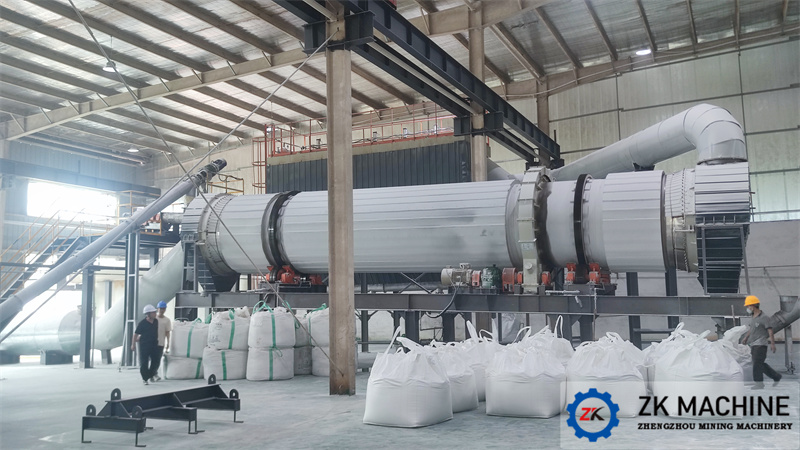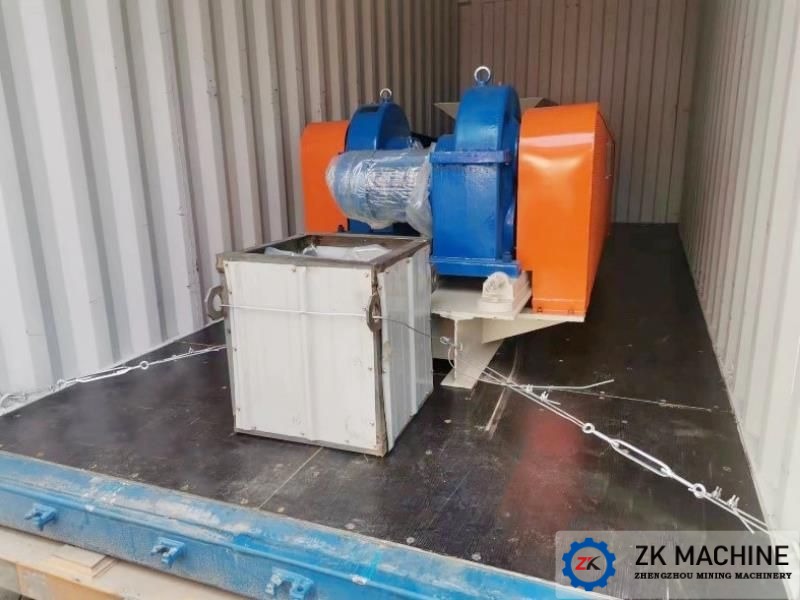Differences in Dust Removal Mechanisms of Different Filter Materials in Bag Filter
1. Differences in dust removal mechanisms of different filter materials
1) The pores of the filter material exist between the warp and weft yarns (generally the wire diameter is 300-700 μm, the gap is 100-200 μm), and between the fibers, and the latter accounts for 30% to 50% of the total pores. When starting to filter dust, most of the airflow passes through the small holes between the warp and weft yarns, and only a small part of the dust passes through the fiber gaps. The coarse dust particles are embedded in the small holes between the fibers. The airflow continues to pass through the gaps between the fibers. At this time, The filter material becomes an effective filter material for both coarse and fine dust particles, and forms a process of capturing dust. In addition, when the diameter of the dust in the air flow is smaller than that of the fibers, the effects of collision, hooking, diffusion, etc. increase, and the dust removal efficiency increases.
2) Needle-punched felt or needle-punched felt filter material, since it constitutes a thick porous filter bed, can fully exert the above effects, but the filtration effect of the "second filter layer" is still very important.
3) Coated filter material. Microporous film-coated filter material (referred to as film-coated filter material) is made of polytetrafluoroporous ethylene as raw material, which is expanded into a microporous film. This film is processed using a special process. Coated on various fabrics or paper substrates, it becomes a new type of filter material.
PTFE coated filter material is composed of PTFE microporous membrane and various substrates (PPS, glass fiber, P84, aramid) using special composite technology. The polytetrafluoroethylene (PTFE) membrane has a smooth surface and is resistant to chemicals. It is laminated to the surface of ordinary filter materials and functions as a disposable dust layer, trapping all dust on the surface of the membrane to achieve surface filtration. It has unparalleled advantages over traditional filter materials. This coated filter material has the characteristics of high peel strength, large air permeability, low resistance, and concentrated and uniform pore size distribution. As a dust bag or pleated dust filter cartridge, installed in the dust removal equipment, it will quickly and effectively intercept particles measured in microns. Ultra-fine dust, with a dust removal efficiency of over 99.99%, is the most effective and economical new filter material in industrial dust filtration and material recovery.
The membrane-coated filter material has a synthetic layer on the surface, a mesh-like structure inside, a special membrane with a thickness of 50 μm and 1.4 billion micropores per cm³. Obviously its filtration effect is mainly a screening effect, so it is called surface filter.
2. Reasonable cleaning cycle
In actual operation of the bag dust collector, as the dust layer of the filter bag increases, the filter material needs to be cleaned periodically. As the amount of dust collected continues to increase, the dust layer continues to thicken, the filtration efficiency increases, the resistance of the dust collector also gradually increases, and the air volume passing through the filter bag gradually decreases. At this time, the filter bag needs to be inspected The dust cleaning process requires timely and even removal of dust on the cloud filter bag, and avoids excessive dust cleaning so that it retains the "primary dust layer" to ensure stable and high-efficiency work. The filter material for cleaning dust is more important.




